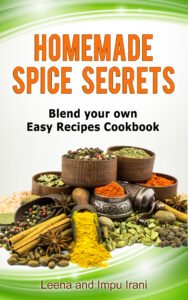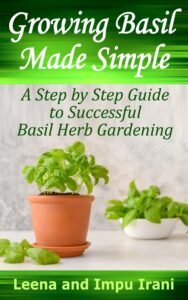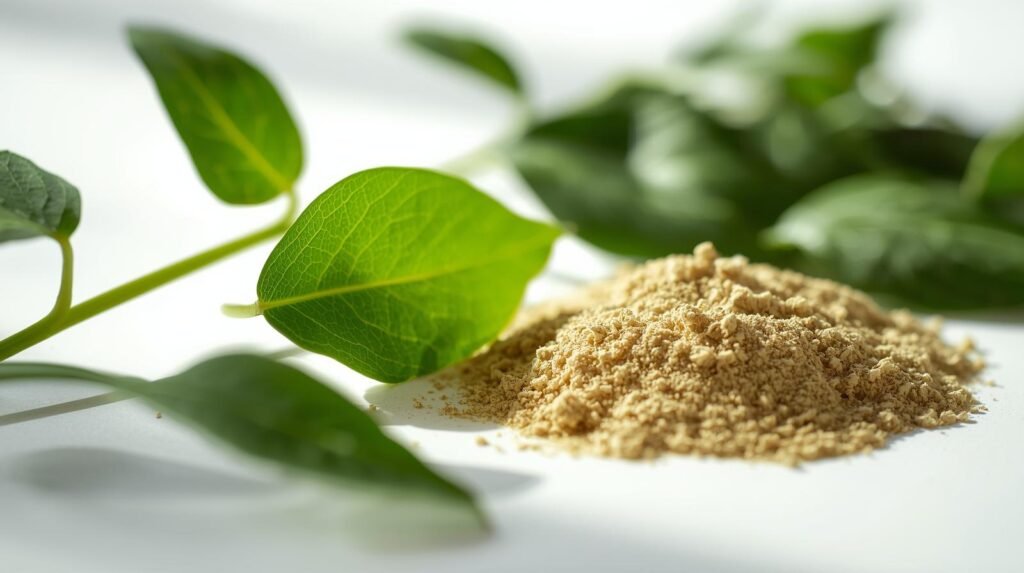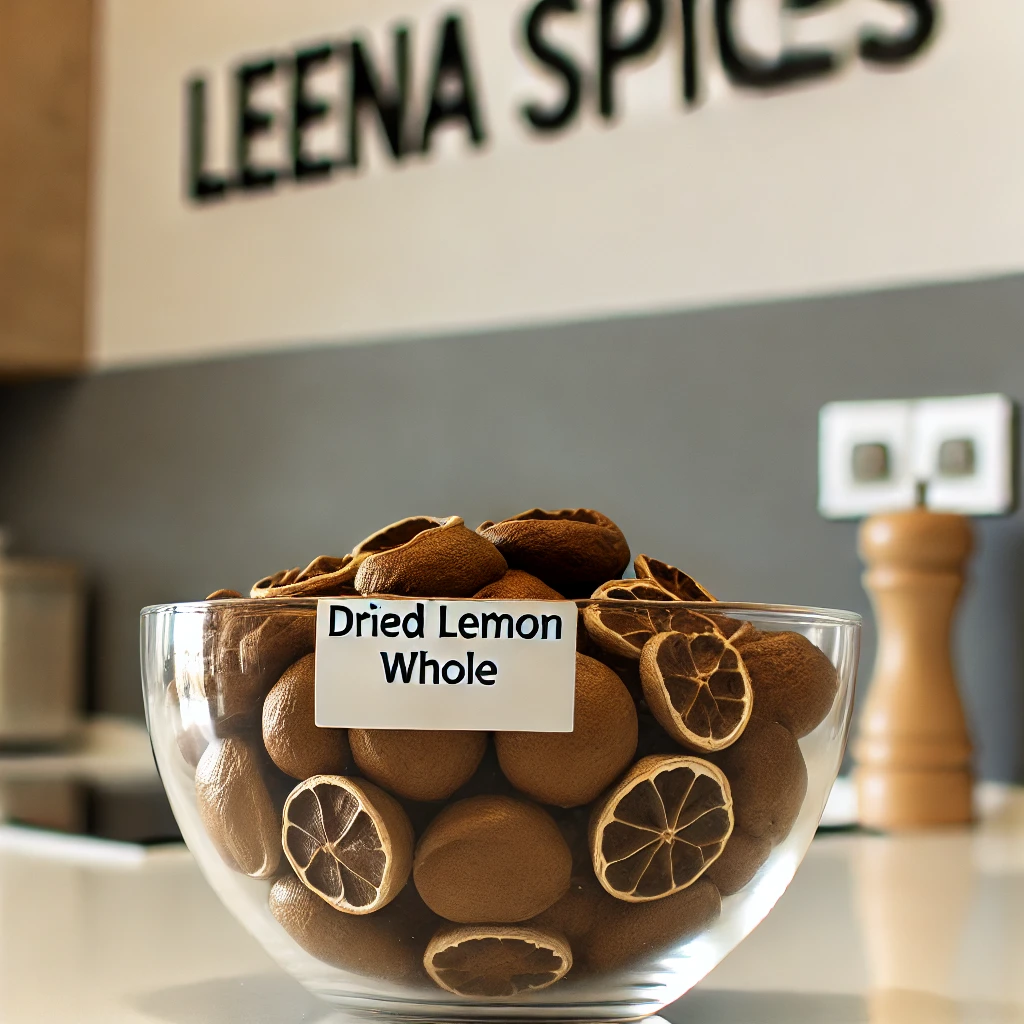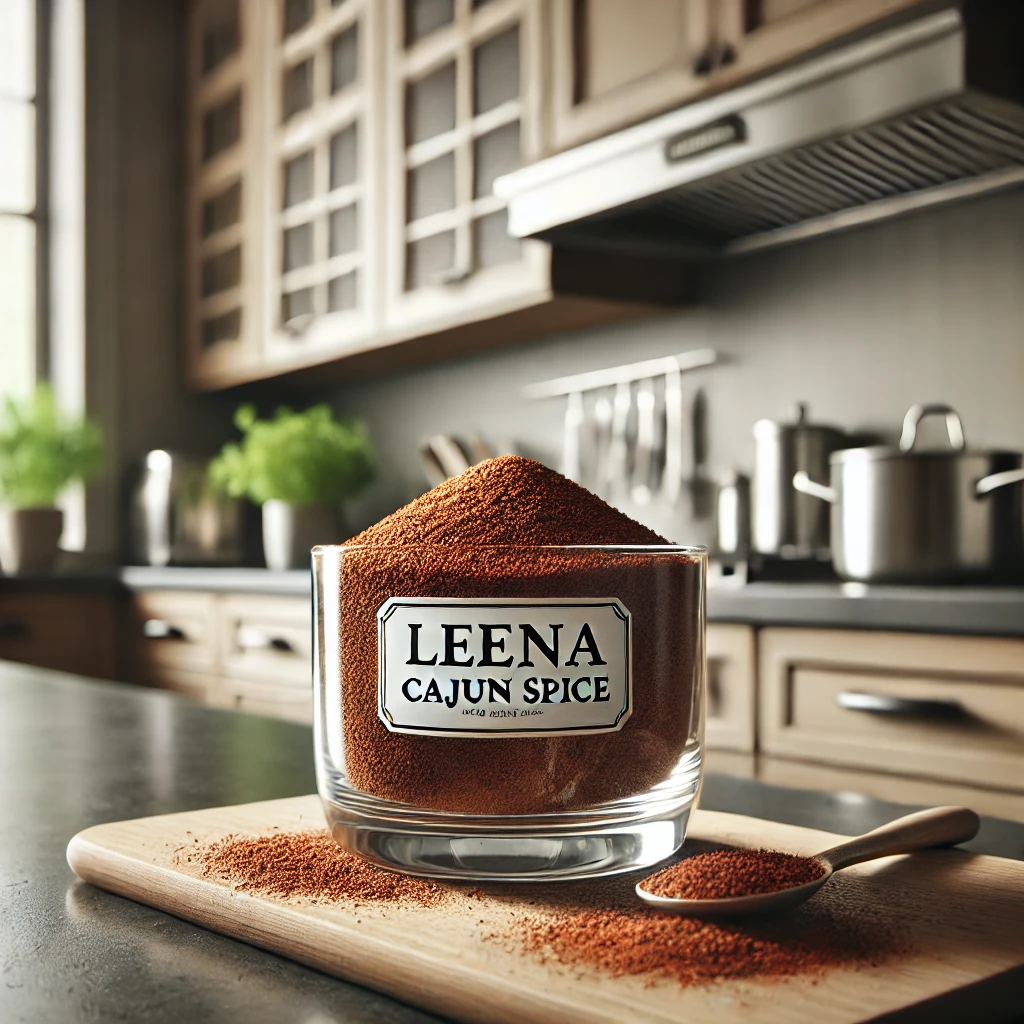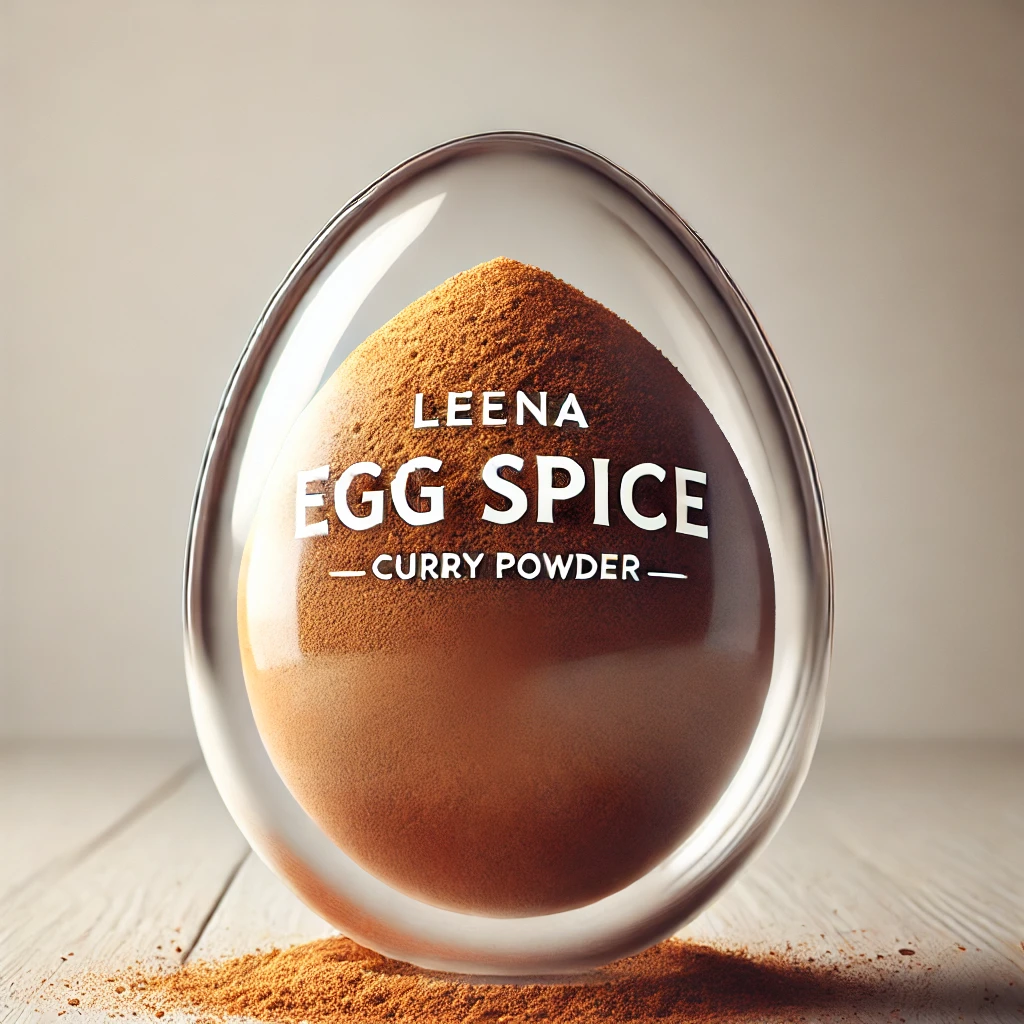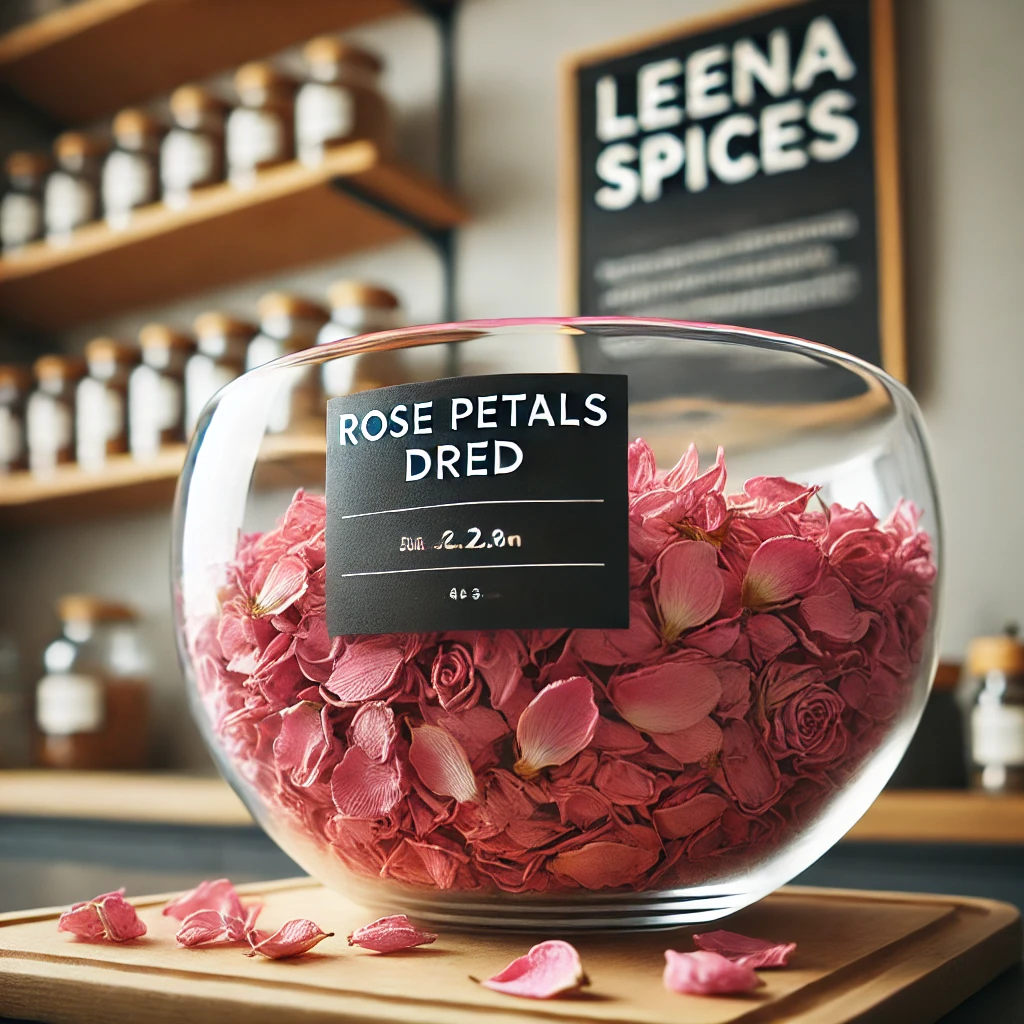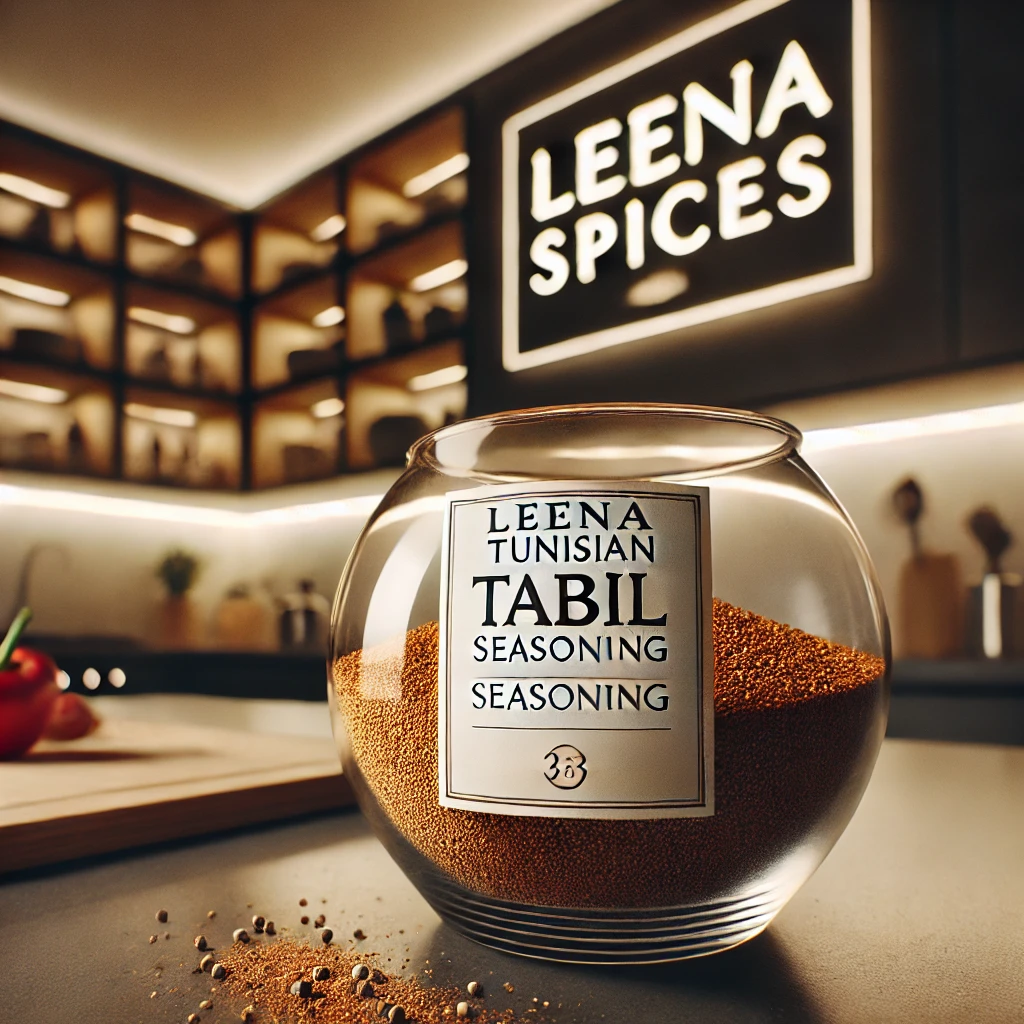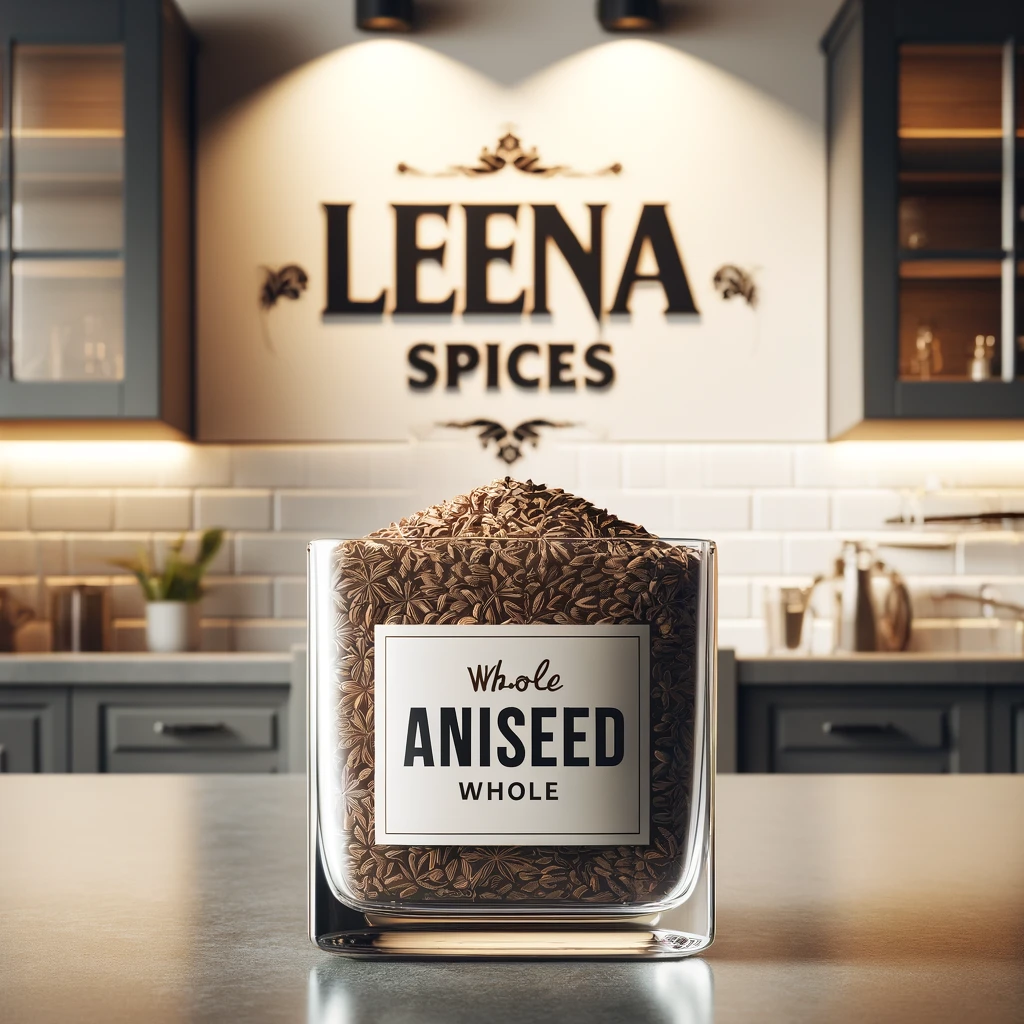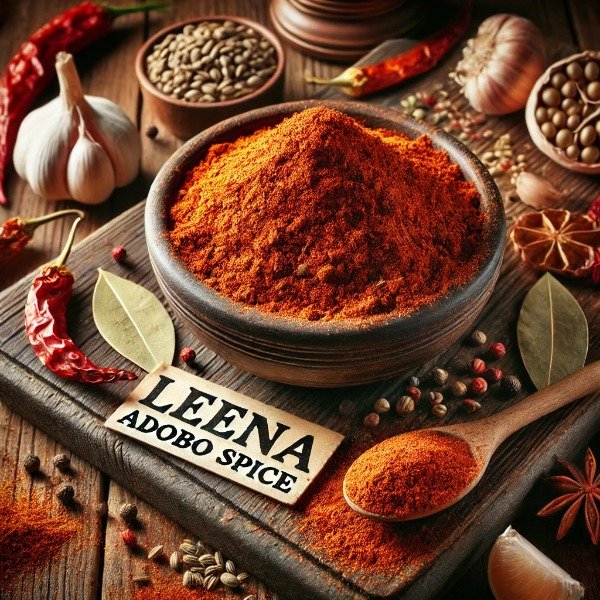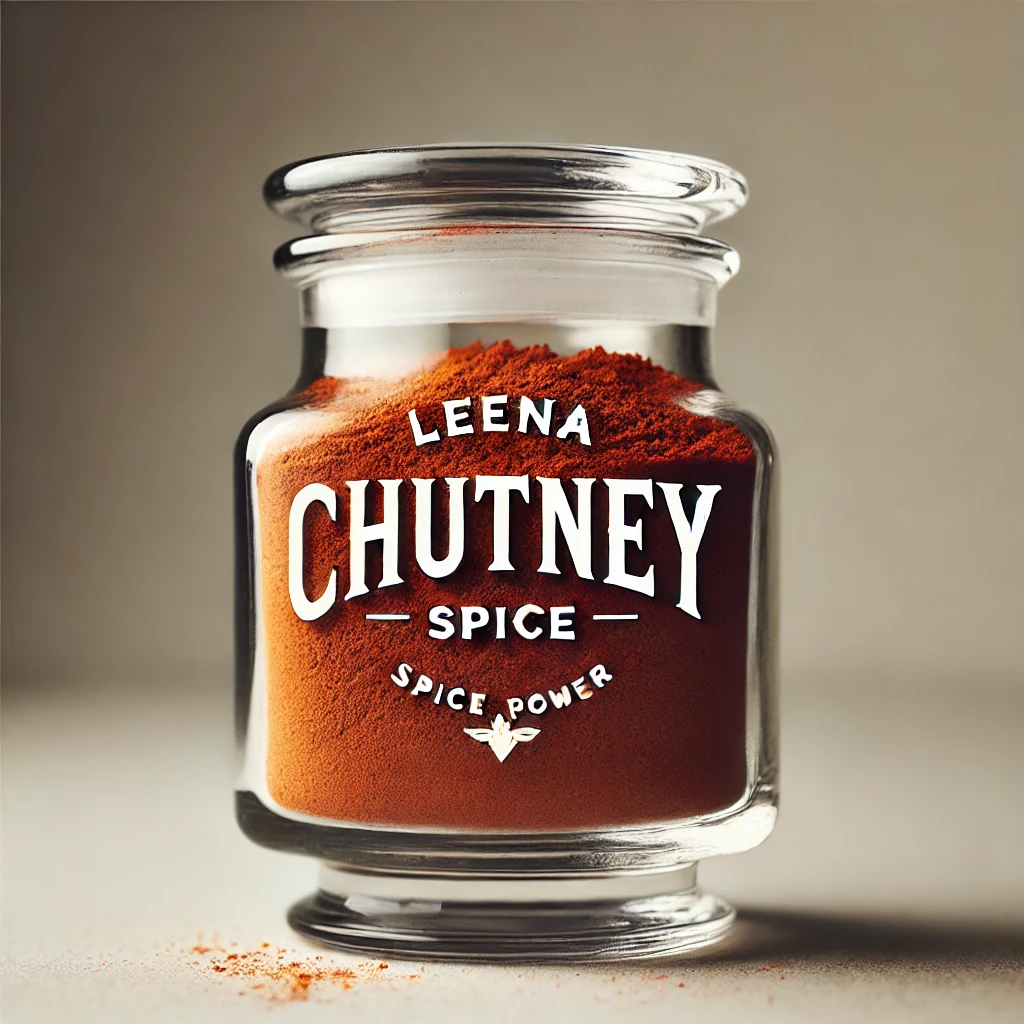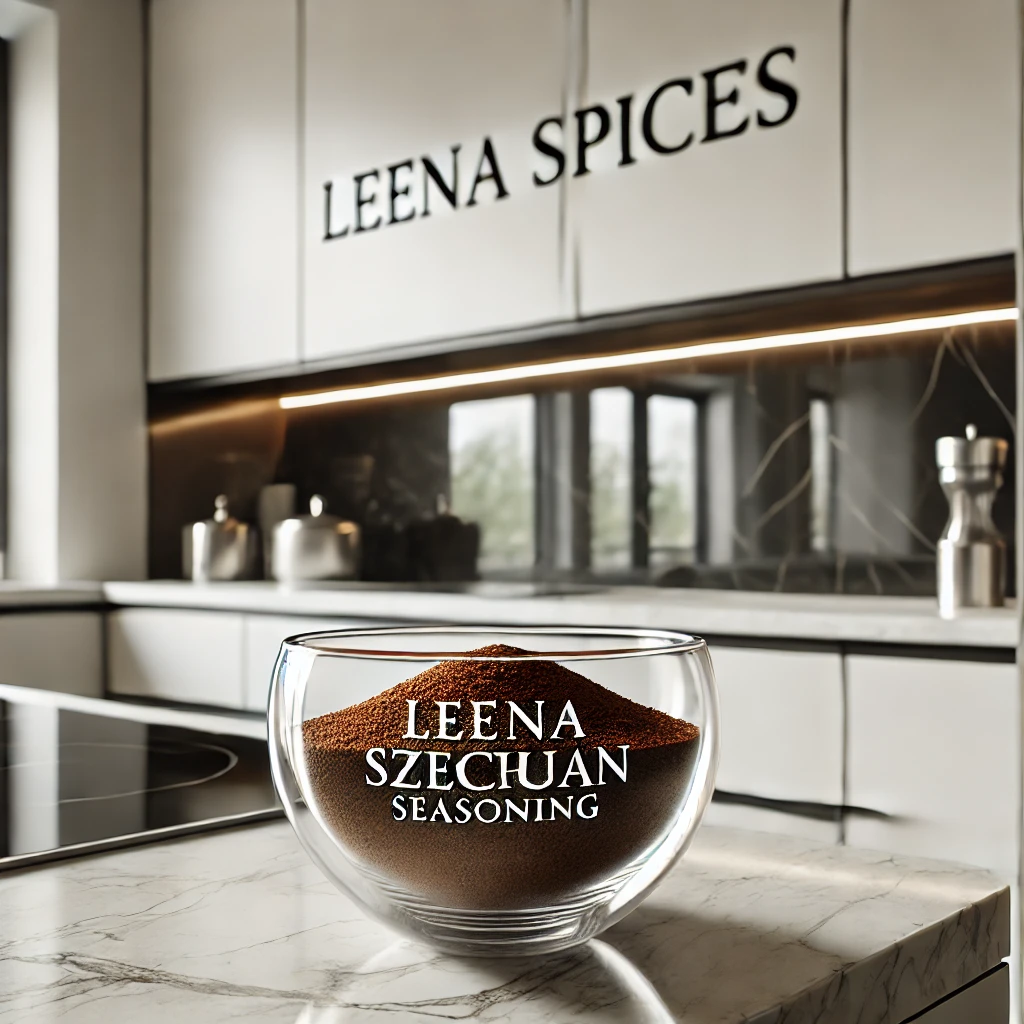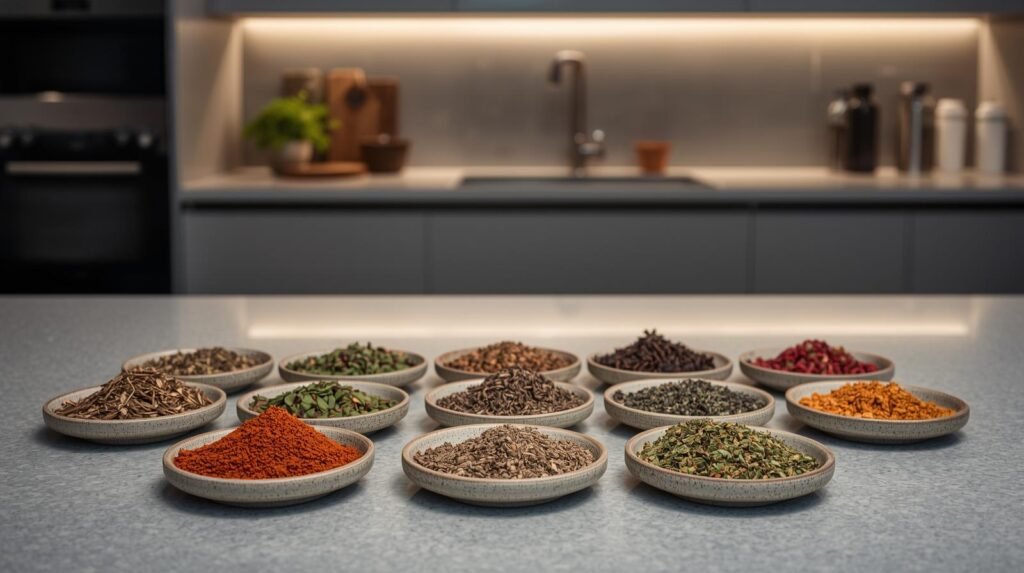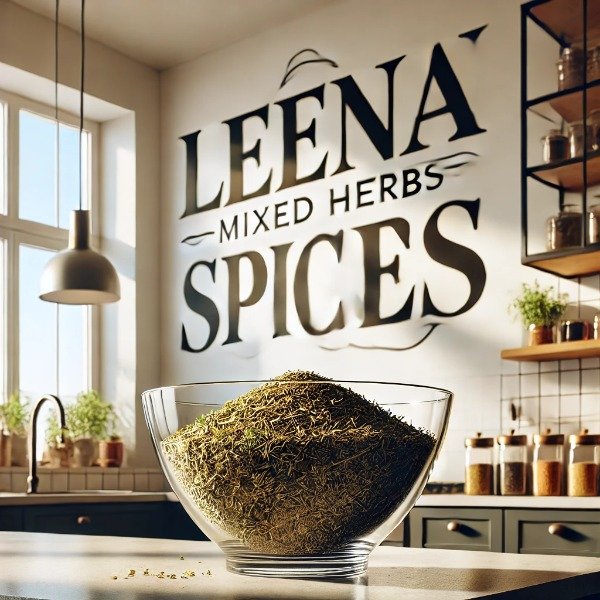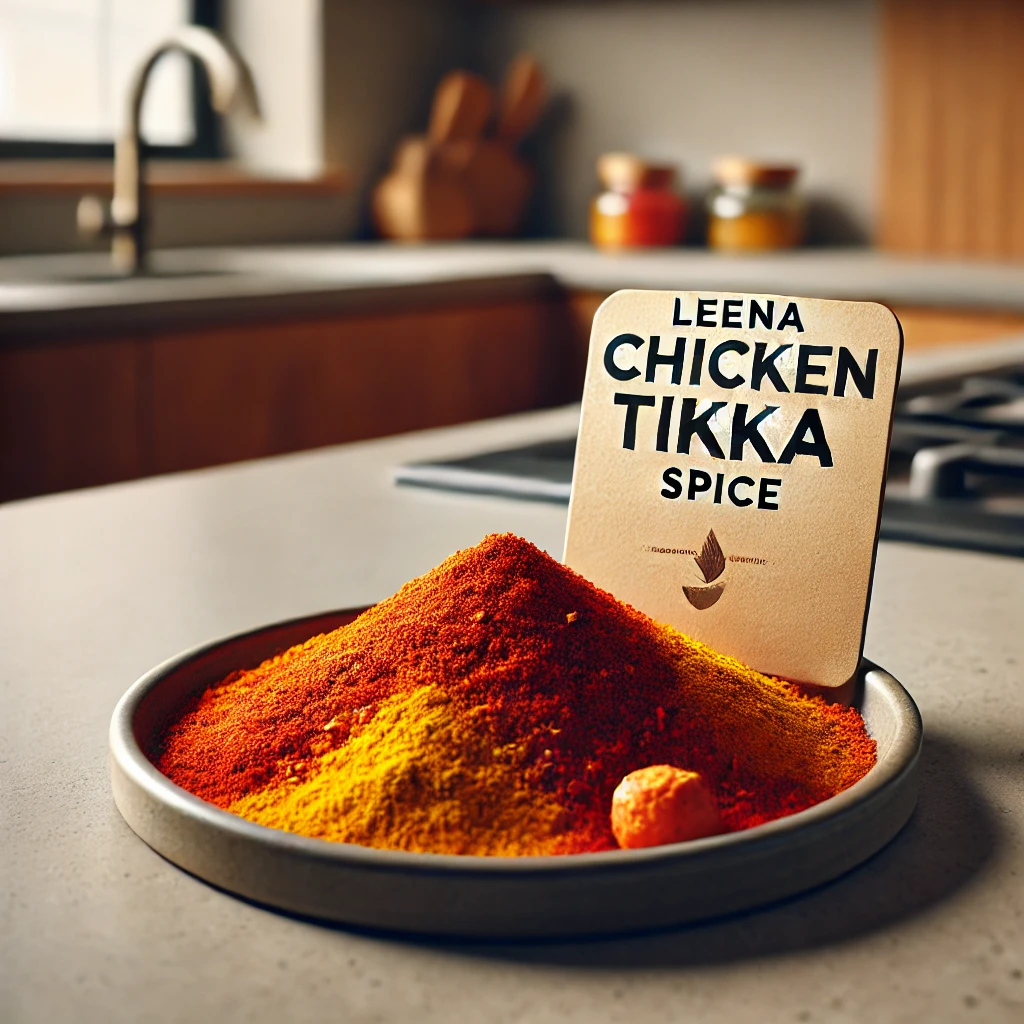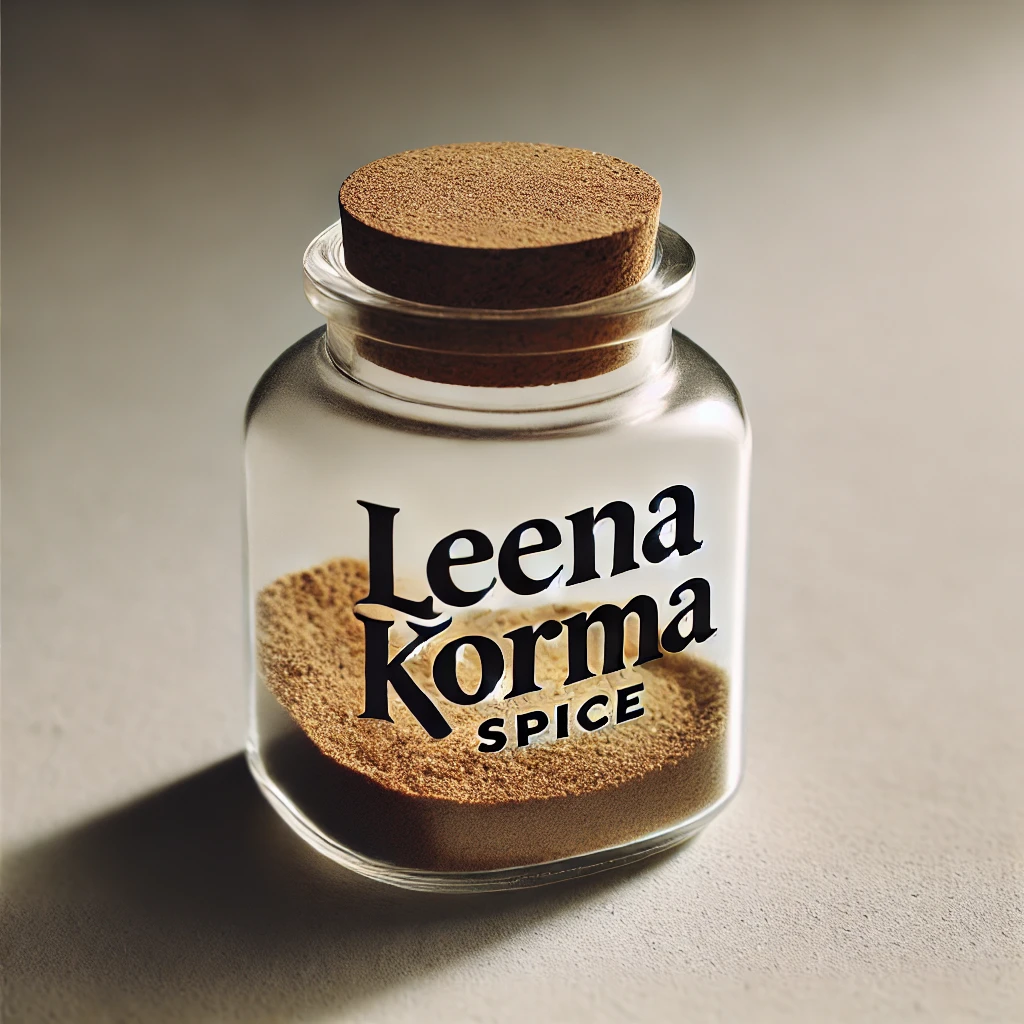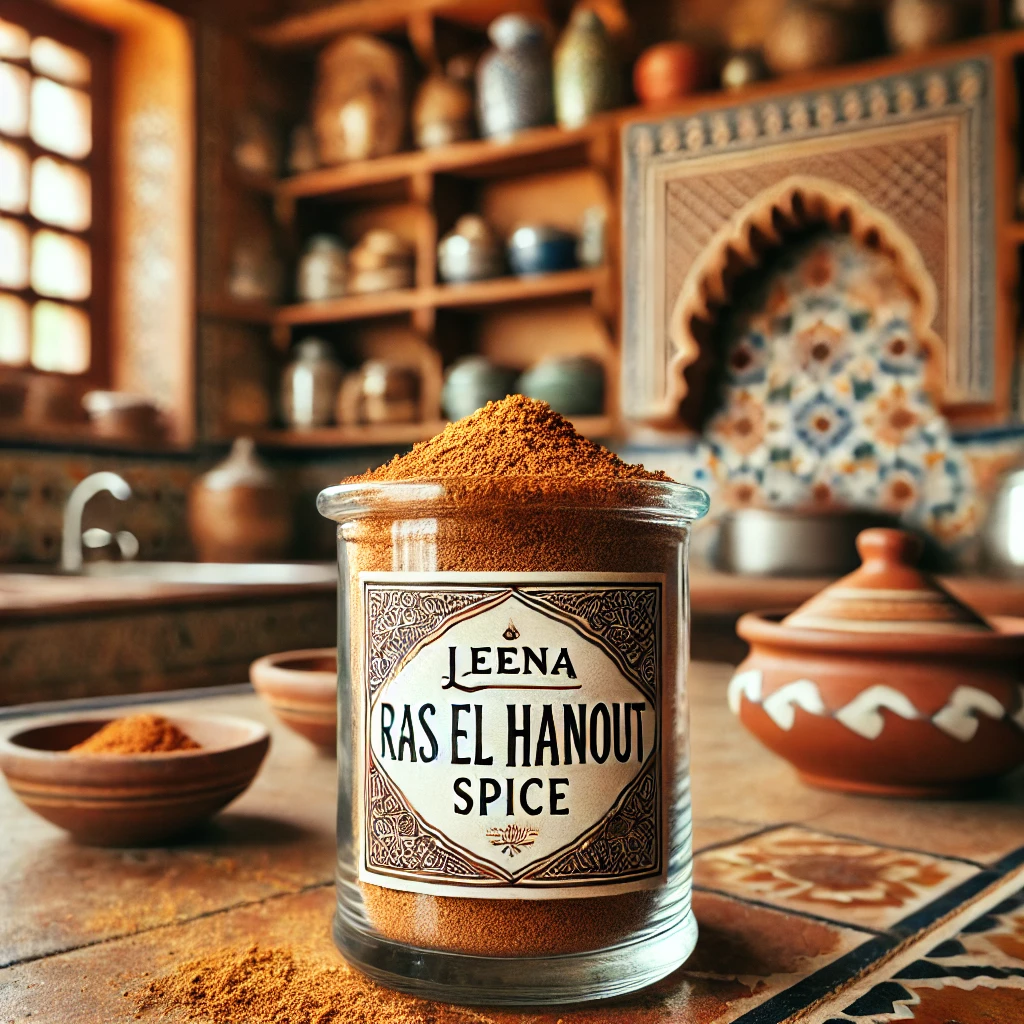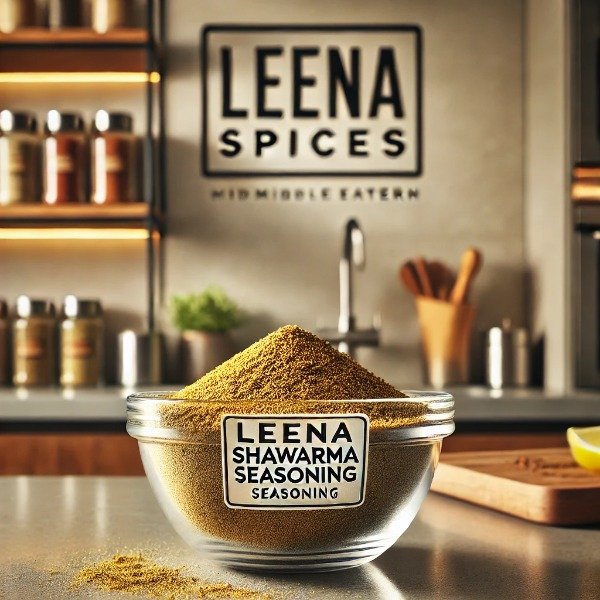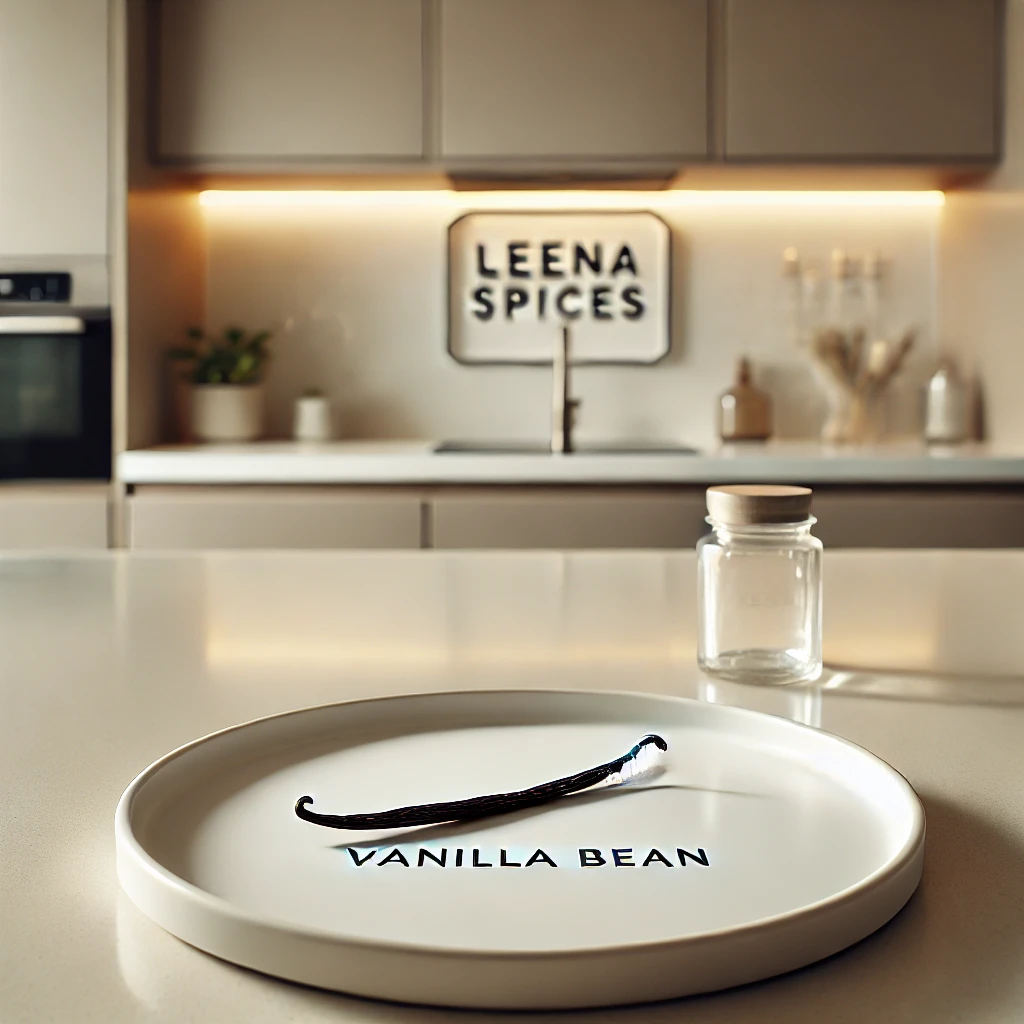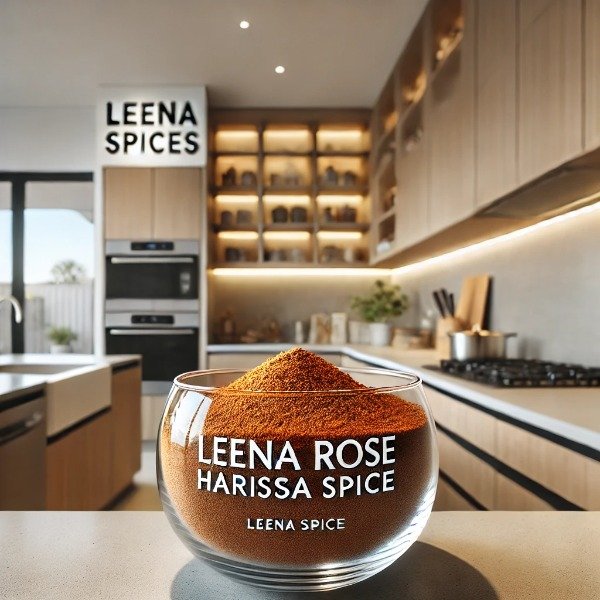Homemade vs Store-Bought Thai Yellow Curry Paste: Which RecipeTastes More Authentic?
Table of Contents
- Key Takeaways (Q&A Format)
- What is Thai Yellow Curry Spice Blend?
- What’s the easiest way to make Thai yellow spice blend?
- What’s the best way to store Thai Yellow spice blend in humid climates?
- What is the fastest way to prepare Thai Yellow curry for busy weeknights?
- Can Thai Yellow Curry Spice Blend Be Used for Grilled Meats or Vegetables?
- How do I make authentic Thai Yellow curry paste from scratch?
- Where can I buy Thai Yellow curry paste?
- What is the shelf life of homemade versus store-bought Yellow curry paste?
- How does homemade Yellow curry paste compare with commercial blends?
- Frequently Asked Questions (FAQs)
Key Takeaways
Which tastes better, homemade or store-bought Thai yellow curry paste?
Homemade paste generally offers brighter, fresher, and more complex flavors, while store-bought is convenient but often saltier and less aromatic.
Can I customize the heat and flavor in Thai yellow curry paste?
Yes. Homemade paste allows full control over spice, salt, and ingredients. Commercial blends have fixed recipes, so adjustments are limited.
How long does homemade curry paste last compared to store-bought?
Homemade: 1–2 weeks in the fridge, 3–6 months frozen.
Store-bought: 1–2 months refrigerated after opening, up to 2 years unopened.
Is it worth the effort to make homemade curry paste?
Absolutely, if you want authentic flavor and aroma. Many cooks freeze portions to save time while keeping freshness.
What’s the best compromise between flavor and convenience?
Make a large batch of homemade paste and freeze in portions. It gives the depth of homemade flavor with the convenience of ready-to-use servings.
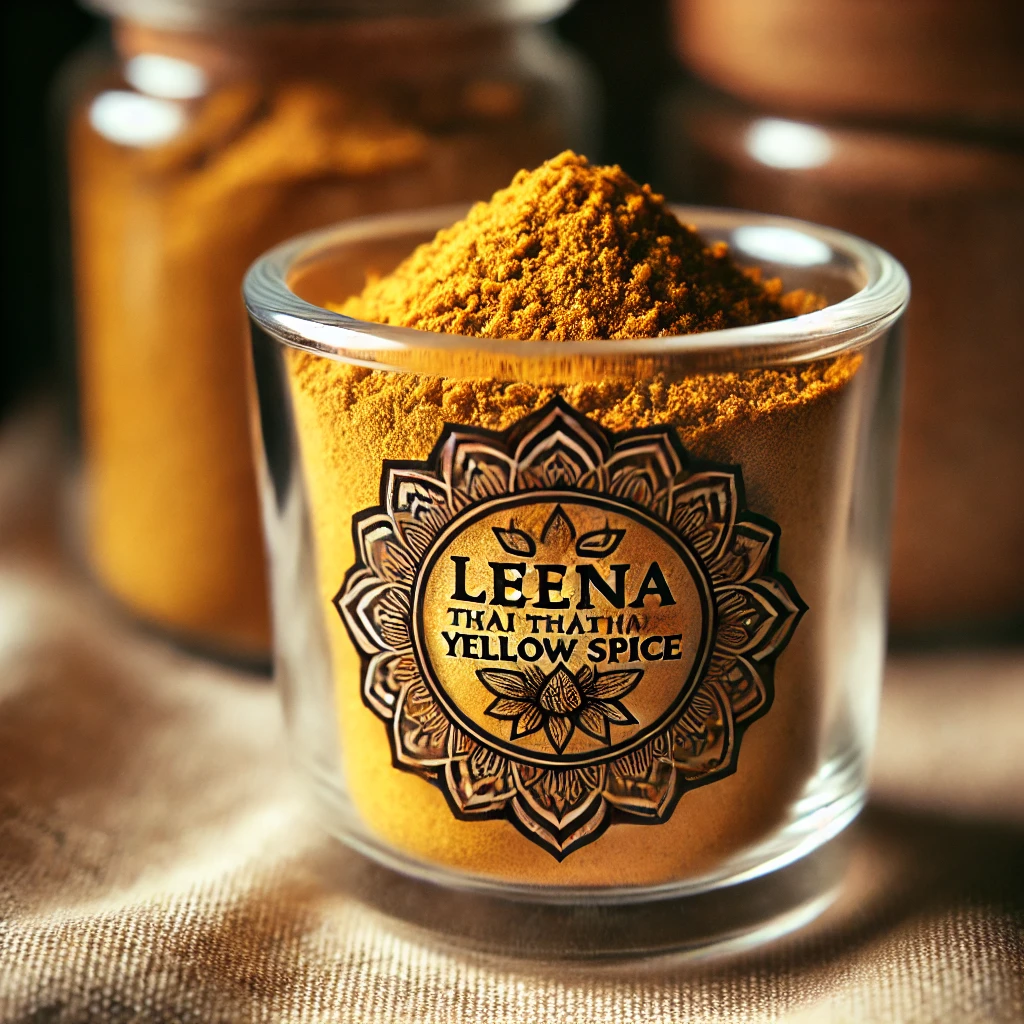
What Is Thai Yellow Curry Spice Blend?
Thai Yellow Curry Spice Blend known in Thailand as Prik Gaeng Garee is a fragrant, golden-hued mixture of spices and aromatics that forms the base of Gaeng Garee, or Thai Yellow Curry. It’s one of Thailand’s milder curry varieties, loved for its smooth balance of warmth, earthiness, and gentle spice.
At its heart, this blend combines Southeast Asian herbs with South Asian–inspired dried spices, creating a uniquely rich and layered flavour. Traditionally, Thai cooks mix the dry ingredients with coconut milk, vegetables, or protein such as chicken, prawns, or tofu to make a creamy, aromatic curry sauce.
Key Characteristics and Ingredients
- Colour: The signature golden shade comes primarily from turmeric, giving both colour and a mild earthy note.
- Heat Level: Among Thailand’s three main curries — red, green, and yellow — the yellow variety is the mildest, making it ideal for those who prefer gentle spice.
- Aromatic Base: Fresh ingredients like lemongrass, galangal, shallots, garlic, and turmeric root create its fragrant backbone.
- Spice Blend: Unlike most Thai curries, this one draws on South Asian influences, using cumin, coriander, cinnamon, fenugreek, and sometimes curry powder for extra depth and warmth.
- Umami Element: Traditional recipes often include shrimp paste (gapi) to enhance savoury richness.
Modern Uses
While traditional Thai Yellow Curry is made as a paste, many home cooks and spice makers use a dry yellow curry powder blend for convenience. This version blends ground turmeric, cumin, coriander, garlic, and other spices into a ready-to-use seasoning — perfect for chicken, fish, tofu, or vegetable curries.
What's the easiest way to make Thai yellow spice blend?
How to Make Thai Yellow Spice Blend at Home
If you love the gentle warmth and golden colour of Thai yellow curry, making your own Thai Yellow Spice Blend at home is both simple and rewarding. This blend captures the essence of Thai flavours — fragrant, mildly spicy, and beautifully balanced — using easy-to-find dried spices and herbs.Ingredients
- Bay Leaf – 1 g
- Green Cardamom – 1 g
- Cassia (Cinnamon Stick) – 1 g
- Cloves – 1 g
- Coriander Seeds (Ground) – 30 g
- Cumin Seeds (Ground) – 20 g
- Fenugreek Seeds – 1 g
- Garlic Powder – 4 g
- Ginger Powder – 4 g
- Lemongrass (Dried) – 3 g
- Mace – 1 g
- Nutmeg – 1 g
- Shallot Powder – 5 g
- Turmeric Powder – 25 g
- Yellow Mustard Powder – 1 g
- White Pepper – 1 g
Method
- Toast for Depth (Optional): Lightly toast the whole spices — coriander, cumin, cardamom, cloves, cassia, bay leaf, fenugreek, and mustard — in a dry pan over low heat for about 1–2 minutes. This step enhances their aroma and flavour.
- Grind to a Fine Powder: Once cooled, grind the toasted spices into a fine powder using a spice grinder or mortar and pestle.
- Combine Everything: Add the remaining ground ingredients — turmeric, garlic, ginger, lemongrass, mace, nutmeg, shallot, and white pepper. Mix thoroughly until evenly blended.
- Store Properly: Transfer the finished blend to an airtight glass jar and keep it in a cool, dark place. It stays fresh for up to six months.
How to Use It
Use 1–2 tablespoons of this yellow curry spice mix for each curry dish. Combine it with coconut milk, meat or vegetables, and a touch of oil to create a creamy, aromatic Thai yellow curry. It’s perfect for chicken, seafood, tofu, or mixed vegetables, offering that restaurant-style flavour at home.What’s the best way to store Thai Yellow spice blend in humid climates?
How to Store Thai Yellow Curry Spice Blend in Humid Climates
Proper storage is essential to keep your Thai Yellow Curry Spice Blend aromatic, fresh, and full of flavour, especially in humid climates where moisture can quickly dull its quality.
Here’s the best way to store it:
- Use an Airtight Container:
Choose a completely sealed glass or metal jar to protect the spice from moisture and air. Avoid plastic containers, which can absorb odours and allow humidity to seep in. - Keep It Cool and Dark:
Store your blend in a cool, dry place, away from direct sunlight, stoves, or dishwashers. Light and heat can cause spices to lose colour and potency. - Add a Moisture Absorber:
Place a food-safe silica gel packet inside the jar to prevent clumping and moisture buildup — especially useful during humid summers. - Refrigerate in Extreme Conditions:
If you live in a very humid area, refrigerate your spice blend in a tightly sealed container. Allow it to come to room temperature before opening to avoid condensation. - Check Freshness Regularly:
Inspect for clumps or dull aroma. For best flavour and aroma, use within 3–6 months, or up to 12 months if stored in ideal conditions. - Buy or Store in Small Batches:
If you purchase in bulk, divide the blend into smaller jars so you only open one portion at a time. This helps maintain maximum freshness.
What is the fastest way to prepare Thai Yellow curry for busy weeknights?
When you’re short on time but craving something warm, fragrant, and satisfying, Thai Yellow Curry is one of the quickest and most flavourful meals you can make. With the right spice blend and a few fresh ingredients, you can have dinner ready in under 30 minutes — perfect for busy weeknights.
Quick Thai Fish Curry Recipe
Ingredients
- 500 g boneless fish fillets, cut into cubes
- 2 Tbsp cooking oil
- 1 can (400 ml) coconut milk
- 1 green capsicum, chopped
- 5 baby corns, sliced in halves
- 5 snow peas
- 1 ½ tsp Thai Yellow Curry Spice Blend
- 1 tsp lime juice
- 1 tsp fish sauce or soy sauce
- Salt to taste
Method
- Make the Curry Base:
In a small bowl, mix the Thai Yellow Curry Spice Blend with the fish sauce or soy sauce to form a smooth paste. - Cook the Paste:
Heat oil in a wok or deep pan over medium heat. Add the curry paste and sauté for about 2 minutes until fragrant. - Add Coconut Milk:
Stir in the coconut milk, bring to a gentle simmer, and cook for 10 minutes to let the flavours develop. - Add Vegetables:
Add the green pepper, baby corn, and snow peas. Cook for another 5 minutes until the vegetables are tender-crisp. - Add Fish:
Add the fish cubes and simmer gently for 5 minutes, or until the fish is cooked through and flaky. - Finish and Serve:
Stir in lime juice and salt to taste. Serve hot with steamed jasmine rice or noodles.
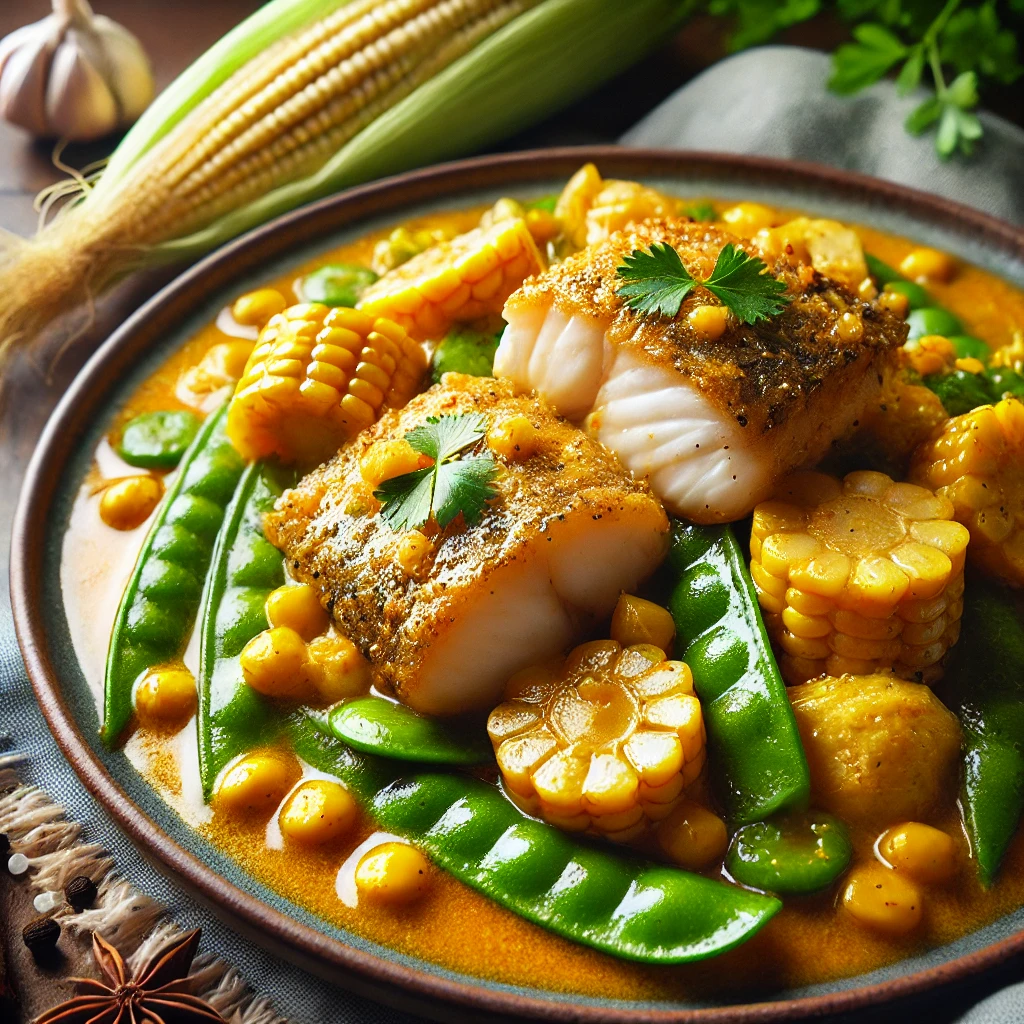
Can Thai Yellow Curry Spice Blend Be Used for Grilled Meats or Vegetables?
Absolutely. Thai Yellow Curry Spice Blend isn’t just for curries — it’s a versatile seasoning that works beautifully as a dry rub, marinade, or flavour enhancer for grilled meats, seafood, and vegetables. The mild, aromatic balance of turmeric, cumin, coriander, and lemongrass adds depth and colour without overpowering the natural taste of your food.
When combined with a touch of oil, lime juice, or coconut milk, the blend forms a flavourful coating that caramelises on the grill, locking in juices and creating a subtle golden crust.
How to Use Thai Yellow Spice Blend Beyond Curry
For Grilled Meats and Seafood
- Mix the spice blend with oil or coconut milk to create a marinade for chicken, fish, prawns, or pork.
- Use it as a dry rub — sprinkle generously over meat before grilling or roasting.
- Blend it into burger patties or meatballs for a mild Thai-inspired twist.
For Grilled Vegetables
- Toss vegetables like zucchini, eggplant, cauliflower, bell peppers, or mushrooms with oil and the spice blend before grilling.
- Sprinkle over roasted potatoes or kumara for an earthy, golden flavour.
Other Creative Uses
- Add a pinch to rice or quinoa for a subtle curry aroma.
- Stir into yogurt, coconut cream, or vinaigrettes to make quick dressings or dipping sauces.
- Use as a seasoning in stir-fries or noodle dishes for instant Thai warmth.
Why It Works
The turmeric, lemongrass, and aromatic spices in Thai Yellow Curry Blend give a gentle warmth and savoury depth that elevates grilled dishes without needing to prepare a full curry. It’s a quick, flavourful way to bring Thai-style cooking to your everyday meals — perfect for summer barbecues or easy weeknight dinners.
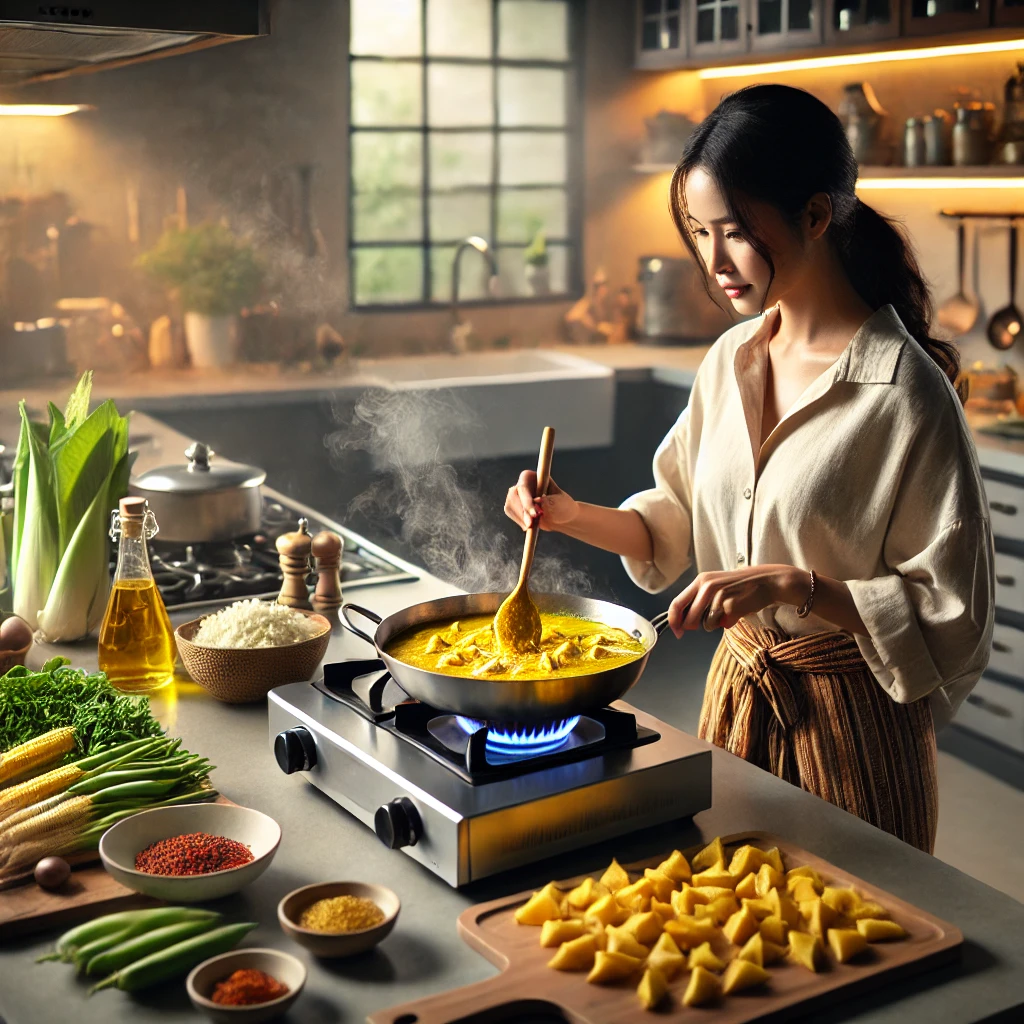
How do I make authentic Thai Yellow curry paste from scratch?
If you want to take your Thai cooking to the next level, making your own Thai Yellow Curry Paste from scratch is the way to go. It’s fresher, more aromatic, and more flavourful than store-bought pastes — and with Thai Yellow Spice Blend as your base, the process becomes much faster and simpler.
This recipe combines fresh Thai aromatics with your pre-mixed spice blend, giving you the authentic flavour of traditional Prik Gaeng Garee without needing a long list of dried spices.
Ingredients (Makes About ½ Cup)
- 3 Tbsp Thai Yellow Curry Spice Blend
- 2 stalks lemongrass (white part only, finely chopped)
- 4 garlic cloves
- 1 shallot, chopped
- 1-inch piece galangal or ginger, sliced
- 1 tsp shrimp paste (optional; omit for vegan version)
- 1–2 tsp soaked dried red chillies (for mild heat)
- 1 Tbsp cilantro roots or stems, chopped
- 1 tsp salt
- 1–2 Tbsp water or oil, as needed to blend
Method
- Crush the Fresh Ingredients:
In a mortar and pestle, pound together lemongrass, galangal, garlic, shallot, chillies, cilantro roots, and salt until the mixture becomes a coarse paste. - Add the Dry Blend:
Add the Thai Yellow Curry Spice Blend and shrimp paste (if using). Continue pounding or processing until smooth and well combined. - Adjust the Texture:
Slowly add water or oil, one tablespoon at a time, until you achieve a thick, smooth paste that’s easy to stir. - Store Properly:
Transfer to an airtight jar. Store in the fridge for up to one week, or freeze in portions for up to three months.
How to Use It
To make a quick Thai Yellow Curry, sauté 1–2 tablespoons of your homemade paste in oil until fragrant, then add coconut milk, your choice of protein or vegetables, and simmer until cooked. This paste also works beautifully as a marinade or base for soups and stir-fries.
Where can I buy Thai Yellow curry paste?
You can buy Thai Yellow Curry Products from Amazon
You’ll find several reputable brands offering pre-made blends in both small jars and bulk packs.
However, if you enjoy making your spice mixes from scratch, don’t miss the homemade recipe above — it’s fresher, more aromatic, and fully customizable to your heat preference.
👉 Tip: When you buy through our Amazon affiliate link, you’ll be supporting this blog at no extra cost to you — helping us bring you more authentic spice guides and recipes!
What is the shelf life of homemade versus store-bought Yellow curry paste?
Shelf Life of Homemade vs Store-Bought Thai Yellow Curry Paste
The shelf life of Thai Yellow Curry Paste depends on whether it’s made at home or purchased from a store. Homemade versions are fresh and free from preservatives, while commercial pastes contain salt and stabilizers that extend their lifespan. Understanding how long each type lasts — and how best to store it — helps you keep your paste fresh, safe, and full of flavour.
Storage Location | Homemade Paste (No Preservatives) | Store-Bought Paste (Opened) | Store-Bought Paste (Unopened) |
Refrigerator | 1–2 weeks (best flavour) | 1–2 months (up to 6 months for high-salt brands like Mae Ploy) | Up to 2 years (check Best Before date) |
Freezer | 3–6 months (best flavour retention) | 6–12+ months (best quality) | Not recommended |
Pantry | Not recommended | Not recommended | Up to 2 years (cool, dark storage) |
Homemade Thai Yellow Curry Paste
Homemade curry paste is naturally rich in oils and moisture from fresh aromatics like lemongrass, galangal, and garlic. While this creates bold, vibrant flavour, it also means the paste spoils faster.
- Refrigerated: Lasts about 1–2 weeks. After that, the paste begins to lose brightness and aroma, and spoilage can occur.
- Frozen: Lasts 3–6 months while maintaining excellent flavour. Freeze in small, single-use portions — such as ice cube trays or mini zip-lock bags — for convenience.
Store-Bought Thai Yellow Curry Paste
Commercial curry pastes, such as Mae Ploy or Maesri, are made with salt and natural preservatives, giving them a much longer shelf life.
- Unopened: Stays fresh for up to 2 years when kept in a cool, dark pantry.
- Opened (Refrigerated): Typically keeps 1–3 months, though many brands last longer if properly sealed.
- Opened (Frozen): Freezing extends the life to 6–12 months, preserving the original flavour and colour.
Key Preservation Tip
The best method for both homemade and store-bought curry paste is portioning and freezing.
How to do it:
- Spoon the paste into an ice cube tray or onto a parchment-lined baking sheet.
- Freeze until solid.
- Transfer cubes to a labeled airtight container or freezer bag.
This allows you to use exactly what you need — no thawing of large containers or risk of spoilage.
How does homemade Yellow curry paste compare with commercial blends?
Homemade vs. Commercial Thai Yellow Curry Paste
When deciding between homemade Thai Yellow Curry Paste and store-bought commercial blends, the key differences lie in freshness, flavour complexity, convenience, and longevity. Each has its strengths depending on your cooking style and priorities.
Feature | Homemade Thai Yellow Curry Paste | Commercial Thai Yellow Curry Paste |
Flavour & Potency | Vibrant, bright, and complex. Made with fresh aromatics like lemongrass, galangal, and kaffir lime zest, whose essential oils are still active. The flavour is multi-layered and authentic. | More muted, saltier, and less nuanced. Often made with dried or aged ingredients. Strength varies by brand — Mae Ploy is bold and strong, while Thai Kitchen tends to be mild. |
Aromatics & Ingredients | Uses fresh, whole ingredients — galangal, kaffir lime zest, cilantro root, and shallots — with full control over ingredient quality. | May include dried or substituted ingredients (e.g., ginger instead of galangal) to lower cost and extend shelf life. |
Customization | Fully customizable. You can adjust heat, salt, and spices to suit personal preference or dietary needs. | Fixed recipe. The only adjustment possible is quantity, which may affect flavour balance. |
Texture & Colour | Coarser and more aromatic. Pounded or blended for a natural, deep yellow tone from fresh turmeric. | Smooth and uniform. Finely processed for consistency; colour is standardized and sometimes enhanced. |
Time & Effort | Labour-intensive. Requires sourcing fresh ingredients and time for pounding or blending. | Instantly ready. No prep needed — simply open and cook. Ideal for busy cooks. |
Shelf Life | Shorter. Lasts about 1–2 weeks in the fridge, or up to 6 months when frozen. | Longer. Keeps 1–6 months refrigerated after opening, and up to 2 years unopened. High salt content extends life. |
Related Posts You May Want to Read
What is Thai Red Curry Spice Blend?
Thai Green Spice Blend Uncovered: 9 Secrets to Make, Use, and Store It Like a Pro
🥥 7 Irresistible Secrets to Making the Best Massaman Beef Curry at Home
What Is Curry Powder? 1 Easy Way to Make Authentic Curry Powder at Home
1 Secret of Asian Spice Blend That Will Transform Your Cooking
FAQs: Thai Yellow Curry Paste
Can I substitute Thai Yellow Curry Paste with another type of curry paste?
While you can use red or green curry paste in a pinch, the flavour profile and colour will differ significantly. Yellow curry paste is milder, aromatic, and has a distinctive golden hue from turmeric.
How can I make my store-bought curry paste taste fresher?
Enhance the flavor by adding fresh aromatics like garlic, lemongrass, galangal, or lime zest. Simmering it briefly in coconut milk before adding protein or vegetables also boosts aroma.
Can I make vegan or vegetarian Thai yellow curry paste?
Yes. Simply omit shrimp paste and optionally add a touch of miso or soy sauce to create umami depth without animal ingredients.
Is freezing Thai yellow curry paste better than refrigerating it?
Freezing is ideal for long-term storage and preserving the vibrant flavors of homemade or opened commercial paste. Portion it in ice cube trays for easy use.
Can I use Thai yellow curry paste for dishes other than curry?
Absolutely. It works as a marinade for meats, seafood, or vegetables, a seasoning for roasted potatoes or grains, and even stirred into sauces and soups.
How do I know if my curry paste has gone bad?
Signs include off smells, mold, discoloration, or clumping due to moisture. Homemade paste is more perishable than commercial versions, so always check before use.
Can I adjust the spice level in Thai yellow curry paste?
Yes. Homemade paste allows you to control heat by adjusting chilies. With store-bought paste, you can dilute or mix it with coconut milk or vegetables to reduce spiciness.
Are there any regional differences in Thai yellow curry paste recipes?
Yes. Northern and central Thai recipes may vary slightly in aromatics, spice ratios, and sweetness. Traditional versions often include fresh herbs and turmeric for a richer color.
